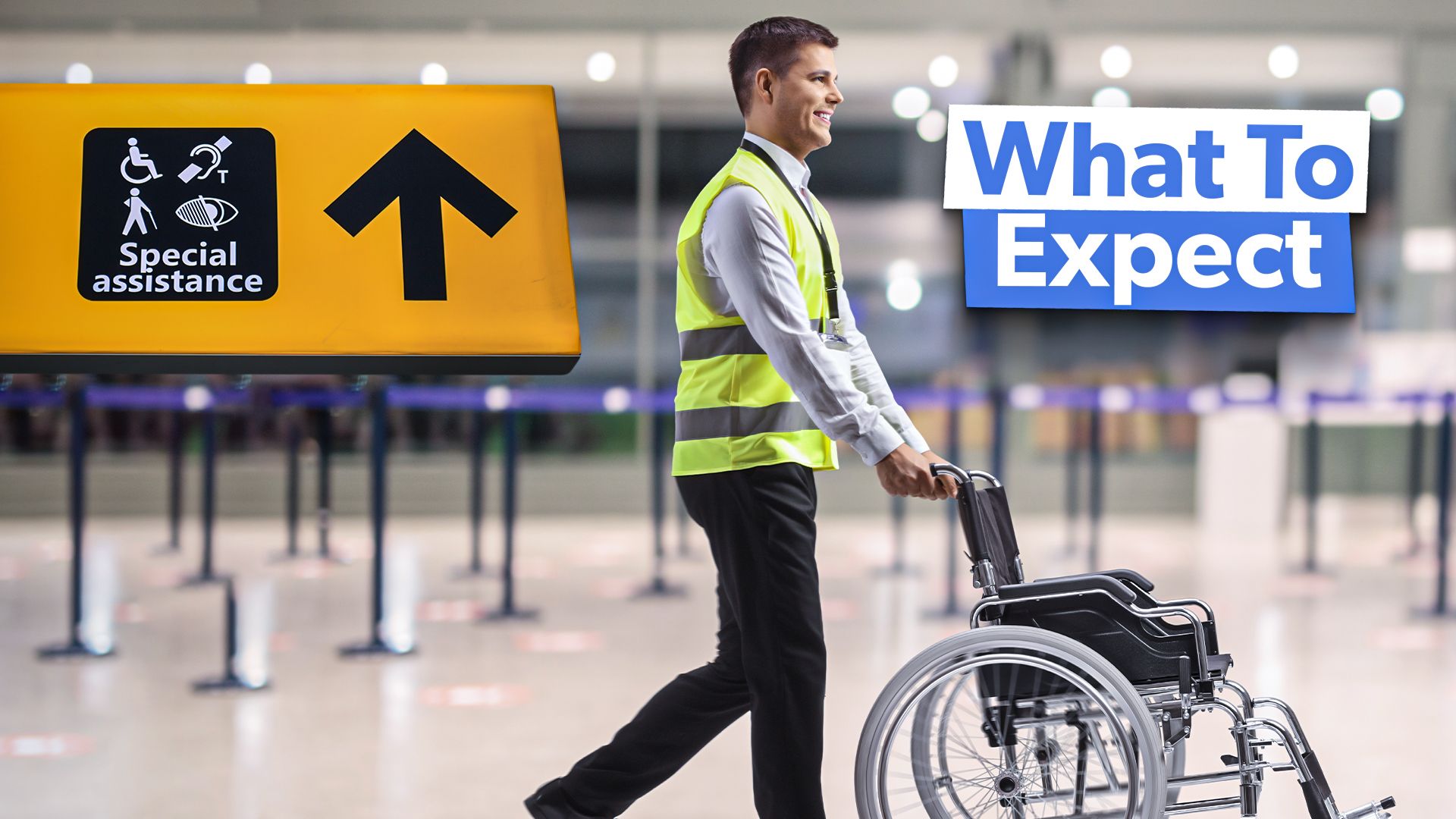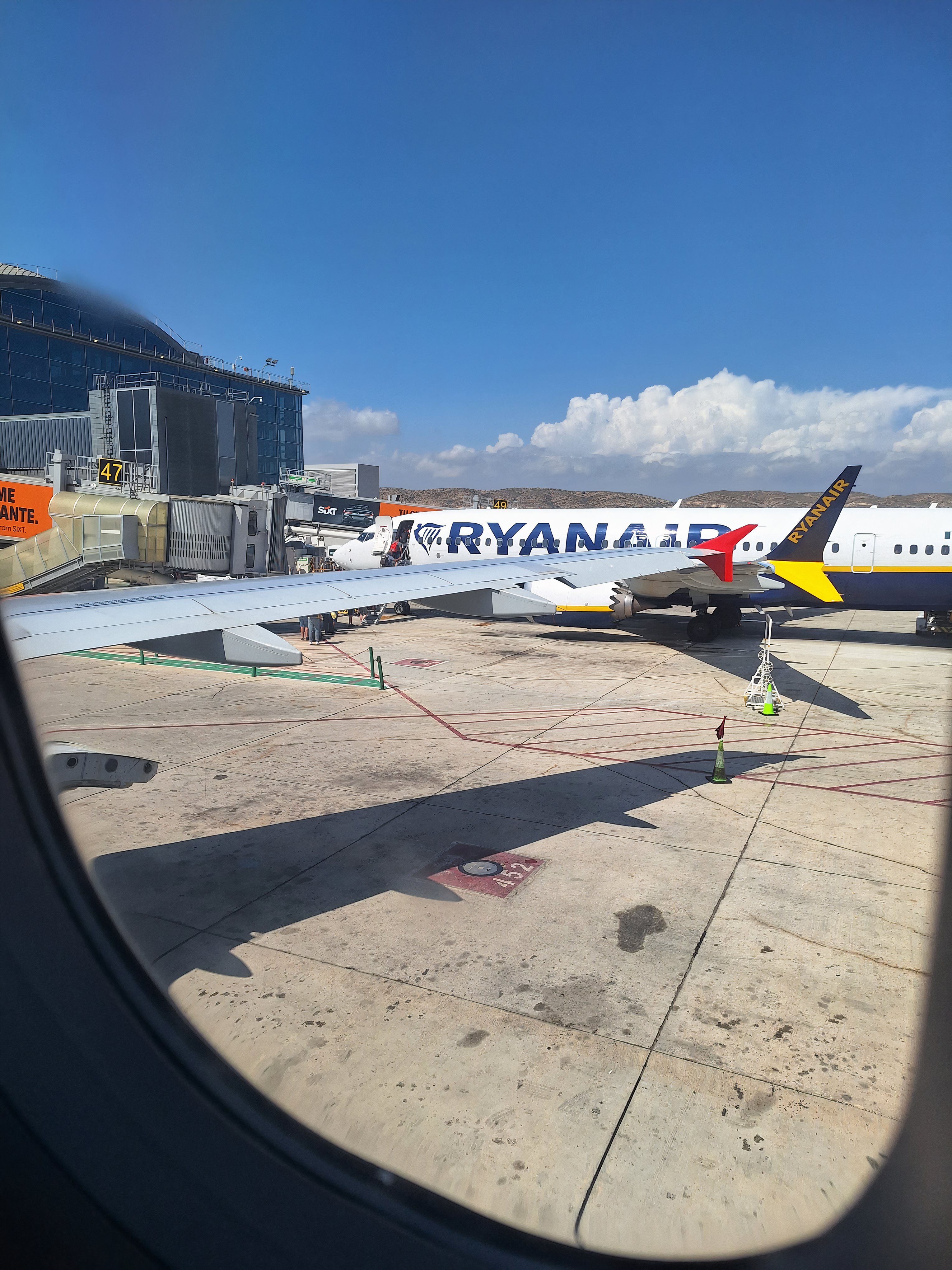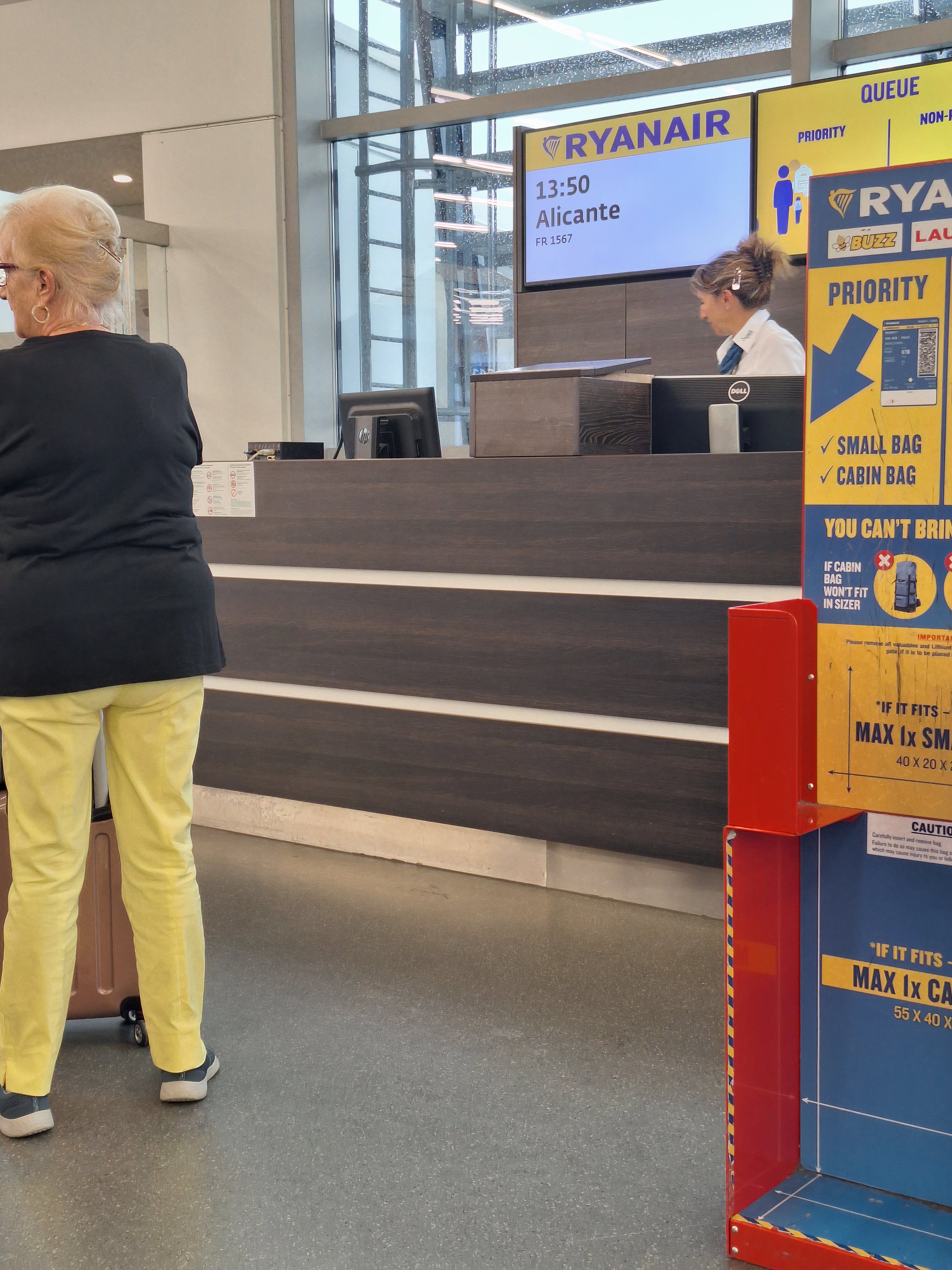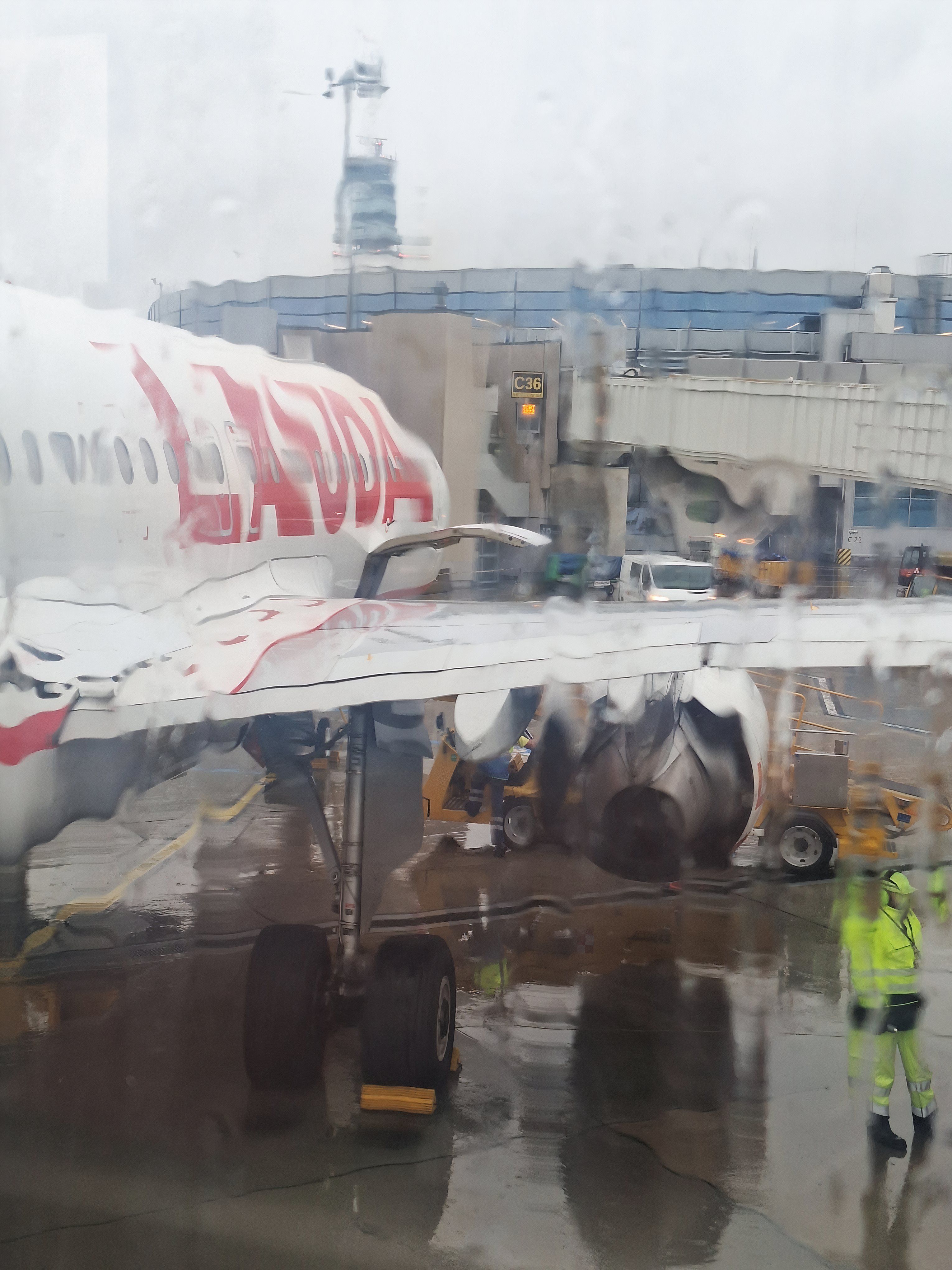Travel
Airport Assistance: Here’s What Passengers Can Expect When Flying With An Injury

Just over a week ago, I returned to Spain after visiting friends in Bratislava, Slovakia. For both legs of the journey, I used airport assistance to navigate through the terminal and security and get off and on the plane. Overall, the experience was very good. In this article, I will describe how airport assistance works and take you step by step through the process of using airport assistance in the European Union.
Earlier this year, I booked a round-trip flight with Ryanair subsidiary Lauda from Alicante–Elche Miguel Hernández Airport (ALC) to Vienna International Airport (VIE), located near the village of Schwechat, 11 miles southeast of central Vienna, Austria. Around ten days before departing, I sprained my ankle so severely that I thought I would have to cancel the trip.
I thought about canceling my trip
While Ryanair claims to be a no-frills, low-cost airline, my ticket cost 257 euros after I added a carry-on and paid for a seat and priority boarding.
Considering not going due to my injury, I looked into canceling the flight only to read that Ryanair had a policy of not refunding any money if you needed to cancel your flight, with the only exception being the death of an immediate family member.
Photo: Mark Finlay | Simple Flying
So now, faced with canceling the flight and losing the money or taking the flight and hoping for the best, the idea of using airport assistance seemed like a good option.
Unlike most airlines that use jet bridges to get on and off the plane, Ryanair refuses to pay airports to use them, which means you either have to walk to and from the aircraft across the apron or be bused to a remote stand. Another way Ryanair saves money is that all its Boeing 737 aircraft have built-in front and rear stairs, alleviating the need to pay for stair cars.
Unlike its parent company, Ryanair, which has a fleet of all-Boeing aircraft, when the Irish airline bought Lauda in 2018, it inherited 28 Airbus A320-200s that it still uses.
This meant that the Airbus aircraft would need to use movable stairs provided by the airport. While these are less flimsy than the built-in stairs on the Boeing 737s, I still thought that I would have a hard time boarding and deplaning with a carry-on.
How to receive airport assistance
In Spain, Aeropuertos Españoles y Navegación Aérea (AENA) runs the county airports and assists people with limited mobility. To obtain airport assistance, you must request it from the airline you are flying on at least 48 hours before your flight.
When you arrive at the airport, go to the check-in desk at the end of the row. The agent will acknowledge that you have requested assistance and direct you to an area where you must sit and wait for an airline employee to arrive with a wheelchair.
After what seemed like quite a long time, an AENA employee turned up and asked me my name and where I was flying to. Now comfortably seated in my wheelchair, I was taken to an area of airport security that was set up for people with limited mobility.
As I could stand up with help, the security officer helped me go through the metal detector. For others who could not get up, they used hand-held metal detectors.
Waiting at the gate
After clearing security, I was wheeled to an area near the gate I was departing from and told to wait there until another staff member came to put me on the plane. After about ten minutes, another staff member, whose name was Liva, showed up and asked me and the other two passengers I was waiting with if any of us needed to go to the restroom.
Photo: Mark Finlay | Simple Flying
Knowing that I still had time to wait before my 2 hr 30 min flight, I decided to go to the bathroom now, as it would be difficult to do so on the plane.
Liva pushed me to the accessible toilets and said she would wait for me and then take me back to the gate. Usually, people requiring assistance board the aircraft before other passengers, but in this instance, they started boarding while I was waiting for someone to take me to the plane.
Passengers in wheelchairs are the first to board and the last to get off
When my guy showed up, he bypassed all the other passengers, taking me to the front of the queue to have my boarding pass scanned.
I was then taken to an elevator and wheeled out onto the apron, where a particular truck with an aerial lift was waiting to take me to the plane. When we got to the aircraft, the driver raised the cabin until it was level with the aircraft door. He then knocked on the door, and a cabin crew member opened it, and I boarded the plane.
Whenever I fly, my preference is to book an aisle seat on the right side of the aircraft, and seeing as I had booked months before my injury, this was no exception. When I got to the seat, a flight attendant told the passenger in the window seat that he would have to move.
He seemed unhappy about it, but I told him it was a safety precaution. I explained that if they needed to evacuate the aircraft quickly in the event of an emergency, if I was in the aisle seat, I would be blocking him and the passenger in the middle seat from getting off the plane quickly.
The race to the bus
Once we arrived in Vienna, everyone got off the plane, and I was left waiting for the lift to arrive. After what seemed like half an hour, I started to panic, as I had a bus ticket to get from the airport to Bratislava.
When the lift eventually showed up, I told the driver I had 20 minutes to get my bus. He said he would drive fast and tell his colleague who was waiting for me at the gate. The young guy now pushing me asked me what bus I needed, and I told him that it was the Flixbus to Bratislava.
Now, I was navigating the airport at speed while my wheelchair pusher was shouting at people to get out of the way. He took me through the terminal and across a road just as my bus was boarding. I know he was only required to take me to the airport meeting point, so I appreciate him taking me to the bus.
The flight back to Spain
It was the same thing on the flight back, but in reverse: I started with check-in and then waited in a particular area for someone to come and get me. I was then wheeled through security and taken to the gate, where I sat waiting to be taken to the aircraft.
This time, unlike in Alicante, I was the first to board, and with it pouring down outside, it was nice to board the plane without getting wet.
Photo: Mark Finlay | Simple Flying
Now, once again, I did not want a young Czech woman in the window seat, and her husband told me that I was sitting in their seat. I explained that I knew I was in the wrong seat but was told to sit there for safety reasons.
After I explained that I was in a wheelchair, they understood and were quite content with one of them having to sit in the aisle seat. Unlike at Vienna, when we arrived at the gate in Alicante, there was a lift waiting to take me off the aircraft and then to the meeting point in arrivals.
Photo: mark Finlay | Simple Flying
All in all, I was pleased with my treatment and would tell anyone who had mobility issues to request airport assistance when flying.











